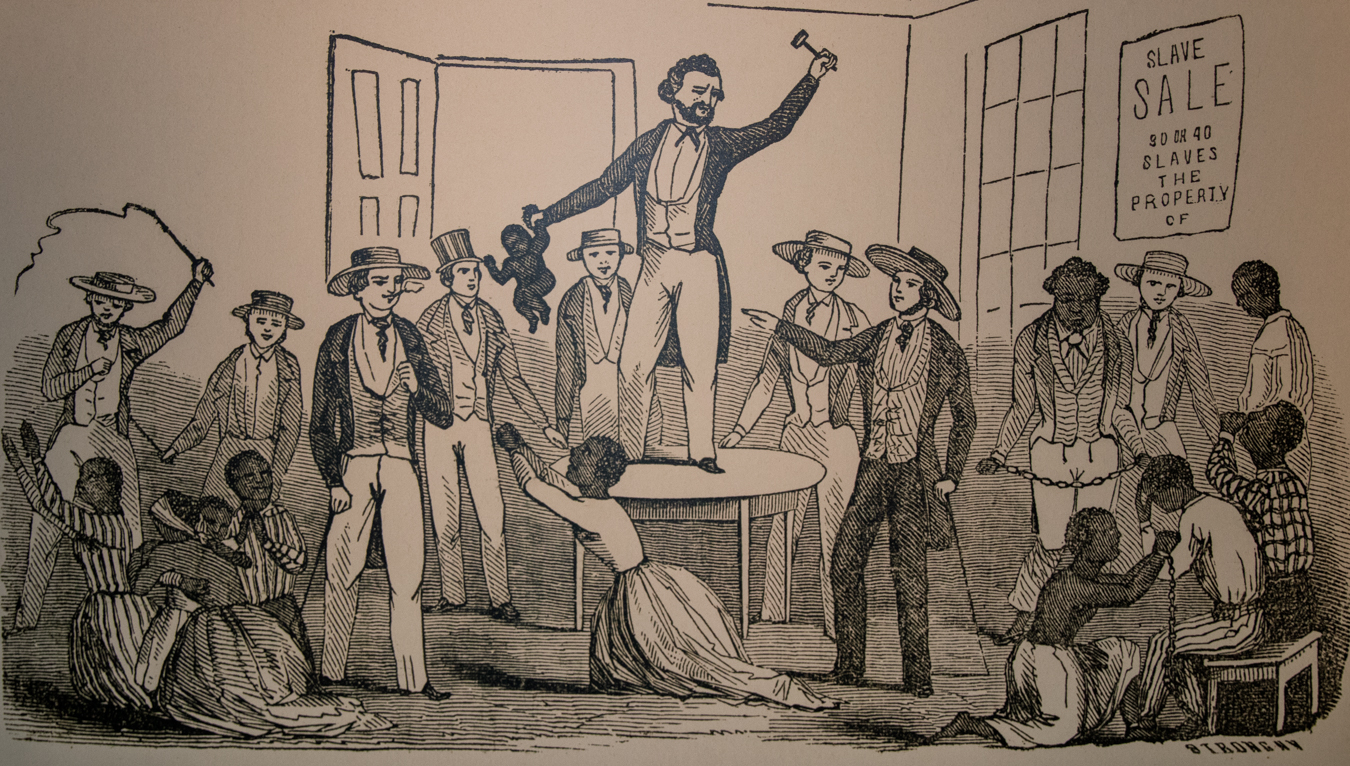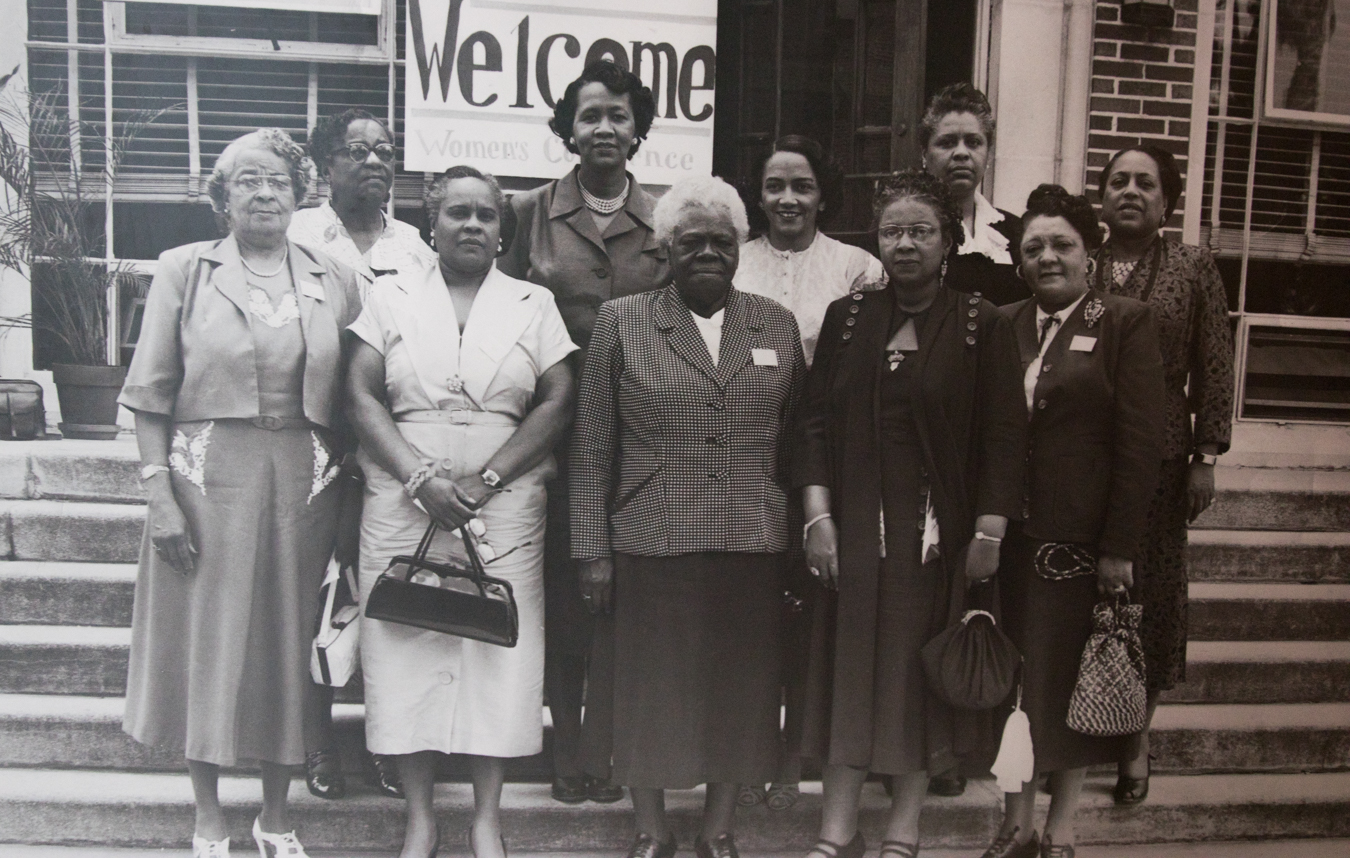May 17, 2018, will mark the 64th anniversary of the Brown v. Board of Educationdecision, the landmark civil rights case that desegregated public schools. Arguably, it’s the most important legal decision ever decided for black Americans. Without it, black students might still be relegated to dilapidated schools under the farce of the separate but equal doctrine formulated in Plessy v. Ferguson. We owe a tremendous debt of gratitude to the late Supreme Court Justice Thurgood Marshall and the other lawyers and staff at the NAACP LDFfor winning the Brown case.

Despite Brown’s import, the country took many years to desegregate public schools. Whites were determined to undercut Brown in southern cities like Little Rock, Arkansas and northern cities like Boston, Massachusetts. They fought forced busing vehemently to keep black children out of their neighborhoods and to keep their children out of black schools. I was in the 3rd grade when my school district finally integrated in 1969, which was fifteen years after Brown was decided.
In the sixty years since the Brown decision, many public schools have re-segregated due to white flight, poverty and housing discrimination. Black and Latino students are more separated today in some cities than before Brownaccording to a report recently released by the Civil Rights Project at UCLA, entitled Brown at 60: Great Progress, a Long Retreat and an Uncertain Future. The report further stated:
The consensus of nearly 60 years of social science research on the harms of school segregation is clear: separate remains extremely unequal. Racially and socioeconomically isolated schools are strongly related to an array of factors that limit educational opportunities and outcomes. These factors include less experienced and less qualified teachers, high levels of teacher turnover, less successful peer groups, and inadequate facilities and learning materials.

This quote demonstrates exactly the import of Brown. It shows that black students struggle in segregated schools, which is expected. However, data show that a disproportionate percentage of black students also struggle in integrated schools. Solving this problem should be on our collective minds as we celebrate Brown and astutely continue the fight for its full implementation.
To solve the problem of black academic underachievement the country must confront structural racism. For example, in my book, Education Injustice, I demonstrate unequivocally that structural racism is the number one reason public schools disproportionately suspend, expel, discipline, spank and place black males in special education. It’s also the main reason black students still lag behind white and Asian students in the achievement gap.
Structural racism is not the only cause of black academic underachievement. Family disintegration, joblessness, and street culture contribute too. But no challenges are insurmountable and black students must not quit on themselves. Black parents must do their part and push their kids to excel academically despite structural racism, poverty or any other challenge. We must insist that our children never squander the academic opportunities that Brown protects. That would be a slap in the face to Justice Marshall, his team and martyrs like Dr. Martin Luther King, Jr., Medgar Edgars, James Chaney, Andrew Goodman, and Michael Schwerner whose deaths symbolize the spirit of Brown.
As we celebrate Brown’s 64th birthday, all races must recommit to the principle thatBrown famously annunciated and became known for: segregation is inherently evil. Brownteaches us that diversity and integration strengthen our nation, not weaken it. Given the challenges our nation faces, both foreign and domestic, all races must be willing, ready and able to tackle these challenges. Leaving any race behind is counterproductive to the noble ideas that Brown envisioned. The Supreme Court unanimously birthed that vision on May 17, 1964, and we must protect it.